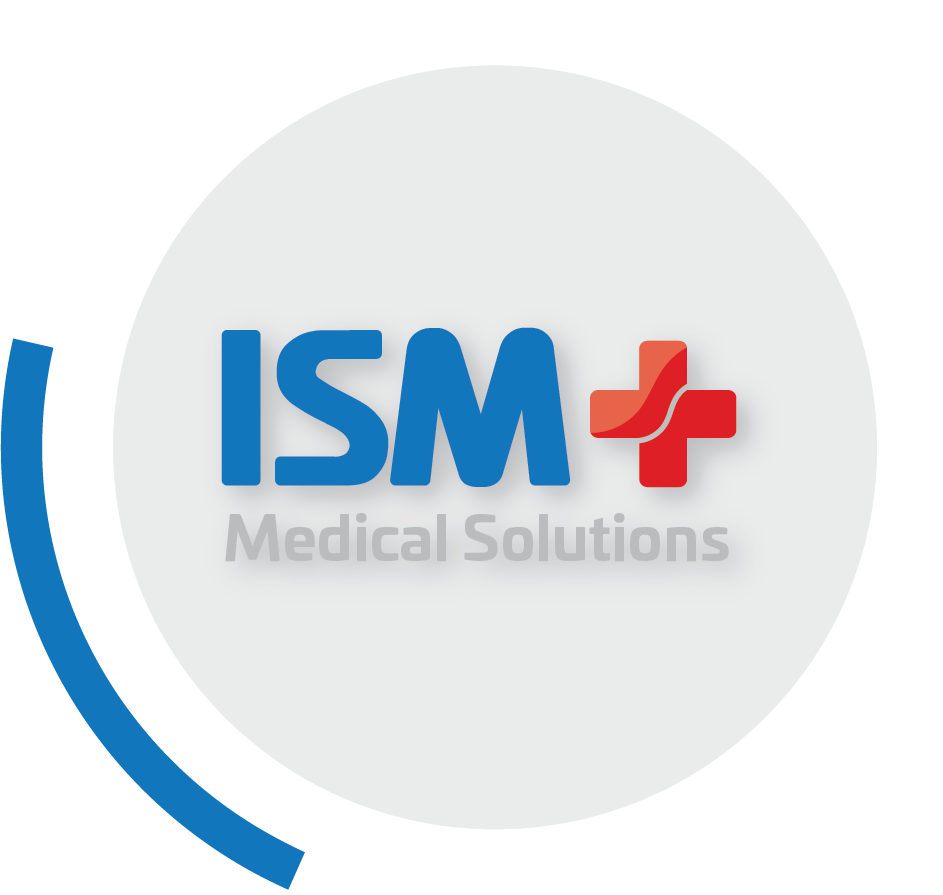COVID-19 has impacted our lives in ways unprecedented. Within five months of the first reported case in the city of Wuhan, China in December 2019, CDC and WHO report that there are 72 million confirmed infections globally and 1,612,014 deaths and 47,218,235 recoveries, with an aggressively escalating number of new infections. Nobody, not even scientists or governments, can claim to know how this pandemic is going to pan out, its full impact, or how soon it will resolve. But what is clear is that it has had extremely negative impact to economies the world over.
Individuals, families, public and private organizations as well as governments are now focused on how to remedy these impacts. While they hope that the efforts to contain the spread will quickly bear fruits and return them to the path of normalcy, they are currently in a survival mode, hoping that they will cross to the other side safely.
Governments are making significant strides to sustain their respective economies by providing various remedial support such as tax breaks. But the key question is: where should governments channel their interventions in order to gain the maximum impact?
The answer to this becomes clearer by appreciating that governments usually are the biggest consumers of products and services. Consequently, the governments must open their purse to off-take products and services during and post COVID-19. They must however carefully select the industries or sectors where they will focus to spend the money, and how they will go about this, in a manner that be most impactful. Importantly is the need for immediate payment of invoices in order to inject money back into the economies.
Such direct spending by governments will complement the much-needed tax breaks that many have already rolled out, and cure the immediate and critical problem to organizations, that of cash flow.





